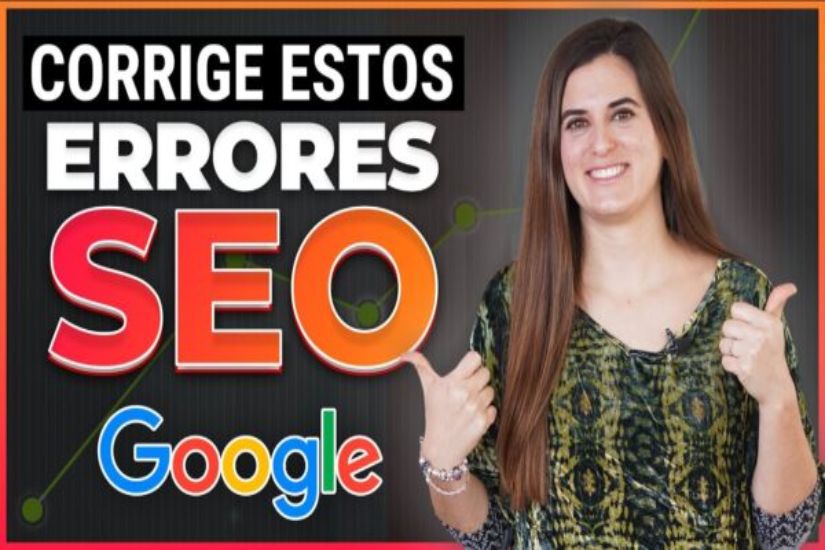Keys to avoid information overload in SEO

Below, we dive deeper into the tips presented and add additional strategies that can help you maintain an ideal balance in your content.
How to avoid information overload in SEO?
Create relevant and concise content
The first step to avoiding information overload is to create content that is directly relevant to your audience. This means deeply understanding your users: what they’re looking for, what problems they need to solve, and how they prefer to consume information.
By focusing on these needs, you can avoid adding content that, while it may seem useful, doesn’t actually contribute to the main purpose of the page.
Apply the Single Focus Rule
Each page of your site should have a clear and unique purpose. Not only does this help avoid unnecessary content, but it also reinforces SEO relevance around specific topics, which improves the page’s authority on that particular topic.
Use headings and subheadings
Headings aren’t just formatting tools; they are essential for SEO structure. They help search engines understand the organization and hierarchy of content on your website. Make sure your headings are descriptive and contain the relevant keywords.
Practice clarity in captions
Each heading should give a clear idea of what the reader will find in the next block of text. This makes it easier for users to scan content and quickly find what they need, improving the user experience (UX).
Hierarchy of information
A clear structure is vital. Starting with the most important information not only captures the reader’s attention, but also favors indexing by search engines, which value the relevance of the information presented at the beginning of documents.
Use the ‘inverted pyramid’ format
Start with the conclusion or most important points, and then go into more depth as the text progresses. This format is especially effective at grabbing attention early on.
Lists and bullet points
In addition to helping organize SEO information in a visually appealing way, lists and bullet points allow you to incorporate keywords naturally without seeming forced. This improves readability and search engine optimization.
Incorporate data and statistics
When relevant, add concrete data or statistics to the lists to give credibility and added value to your content, making sure to cite reliable sources.
Images & Multimedia
Images, videos, and other multimedia elements not only enrich content, but also offer opportunities for SEO optimization through alt tags and metadata.
Optimize your images
Make sure all images are sized appropriately so as not to slow down page loading speed, and use alt tags to accurately describe the content of the image, including keywords when possible.
Internal and external links
Internal links help Google understand your site’s structure and distribute link juice, while external links to high-authority sites can increase the credibility of your content.
Create a network of relevant content
Link to pages within your site that complement or go deeper into the topic covered to keep users longer on your site and reduce bounce rate.
By implementing these tips, you’ll not only improve your website’s usability and relevance to search engines, but you’ll also offer a better experience for your visitors. The balance between the right amount of information and accessibility is key to the success of any SEO strategy.
SEO is a vital practice for any website looking to increase its visibility on search engines. However, many times the mistake is made of overloading pages with too much information, which can have negative consequences on rankings. As a bonus, you can see some practical tips in this video: